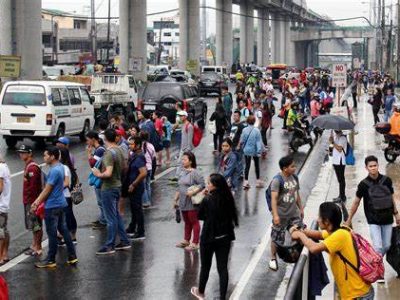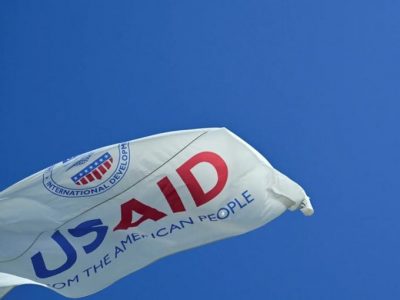Varicose capillaries are a common problem that influences countless individuals worldwide. They are swollen and twisted veins that usually show up on the urogun legs and can cause discomfort, discomfort, and aesthetic worries. This short article intends to provide a detailed understanding of varicose capillaries, including their causes, signs, and readily available therapy alternatives.
Reasons For Varicose Veins
Varicose blood vessels happen when the shutoffs in the capillaries breakdown, resulting in blood merging and the veins coming to be bigger and twisted. A number of aspects contribute to the advancement of varicose capillaries:
1. Household History: biodermalix Genetics plays a considerable duty in varicose veins. If your moms and dads or close family members have actually had varicose capillaries, there is a greater opportunity that you might establish them as well.
2. Age: The danger of varicose veins increases with age. As people get older, the capillaries lose their flexibility, making them more at risk to damage and clogs.
3. Sex: Women are more probable to develop varicose blood vessels than men. Hormonal adjustments during pregnancy, menopause, and using hormonal contraception can contribute to the condition.
4. Obesity: Being overweight or obese places additional stress on the blood vessels, making them a lot more prone to becoming varicose.
5. Extended Standing or Resting: Jobs or activities that require long periods of standing or resting can raise the danger of creating varicose veins.
- Line of work such as nursing, mentor, and manufacturing facility work often entail long term periods of standing, placing pressure on the veins.
- Sitting for extended durations, particularly with gone across legs, can impact blood circulation and contribute to the development of varicose veins.
6. Deep Vein Apoplexy (DVT): A background of deep capillary apoplexy, an embolism in the deep blood vessels of the legs, can boost the chance of creating varicose capillaries.
Symptoms of Varicose Veins
Varicose blood vessels can present different signs and symptoms, consisting of:
1. Noticeable Blood vessels: The most apparent sign of varicose capillaries is the noticeable appearance of twisted, protruding veins on the legs.
2. Discomfort and Pain: Many individuals with varicose veins experience discomfort, heaviness, or hurting in the influenced locations. This pain may get worse after long term durations of standing or resting.
3. Swelling and Edema: Varicose veins can create swelling in the legs and ankle joints due to poor blood flow.
4. Skin Adjustments: The skin around varicose capillaries might come to be discolored, completely dry, and itchy. In some cases, the skin can end up being slim and easily injured.
5. Issues: In serious instances, varicose blood vessels can result in complications such as abscess, blood loss, and embolism.
Therapy Alternatives for Varicose Veins
Thankfully, a number of therapy options are available to manage varicose capillaries. The choice of therapy depends upon the intensity of the problem and specific choices:
- 1. Way of life Adjustments: Making sure lifestyle modifications can assist relieve signs and prevent the worsening of varicose veins.
- Preserving a healthy weight, exercising consistently, raising the legs, and avoiding extended sitting or standing can promote better blood circulation.
2. Compression Panty hose: Compression stockings are particularly made to use stress to the legs, improving blood circulation and minimizing signs.
3. Sclerotherapy: This non-surgical therapy entails injecting a solution straight right into the affected blood vessels, causing them to collapse and fade with time.
4. Laser Treatment: Laser treatment utilizes light power to heat and destroy the afflicted capillaries, gradually fading them away.
5. Endovenous Ablation: This minimally invasive treatment includes placing a catheter into the influenced blood vessel and utilizing radiofrequency or laser energy to shut it off.
6. Vein Stripping: In more extreme instances, surgical elimination of the affected blood vessels may be necessary. This procedure is called blood vessel removing.
Preventing Varicose Veins
While varicose veins may not be entirely preventable, specific procedures can minimize the risk of developing them:
- Routine Exercise: Engaging in routine exercise, such as strolling or swimming, can boost flow and strengthen leg muscle mass.
- Maintaining a Healthy And Balanced Weight: Maintaining a healthy and balanced body weight decreases the pressure on the veins.
- Avoiding Extended Resting or Standing: Taking breaks and moving around routinely can assist prevent blood pooling in the legs.
- Elevating the Legs: Raising the legs over heart level for brief durations can aid improve blood circulation.
- Using Compression Panty Hose: Compression stockings can give assistance to the veins and reduce the risk of creating varicose capillaries.
Final thought
Varicose capillaries are a common condition that can create pain and impact the quality of life for numerous people. Comprehending the causes, signs and symptoms, and readily available treatment alternatives is vital in managing and preventing the progression of varicose capillaries. By embracing a healthy way of life, looking for appropriate clinical interventions, and taking safety nets, individuals can efficiently handle varicose capillaries and decrease their impact on every day life.






Comments